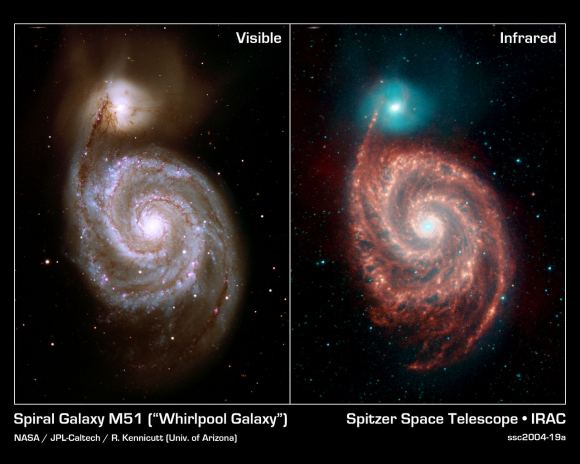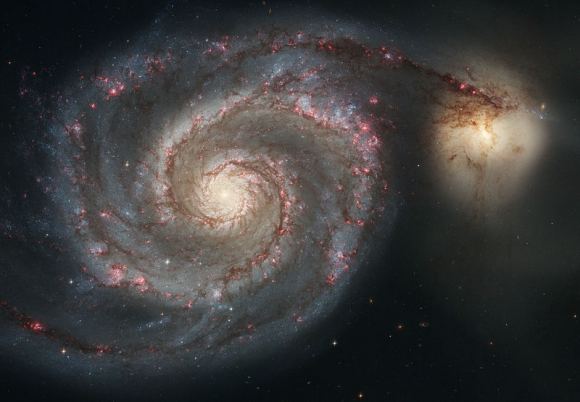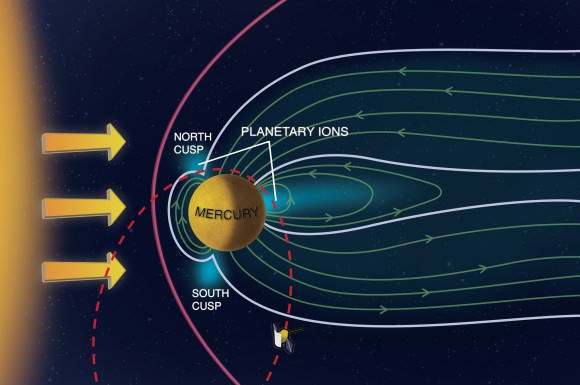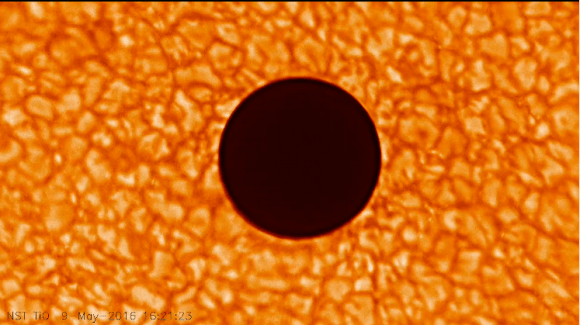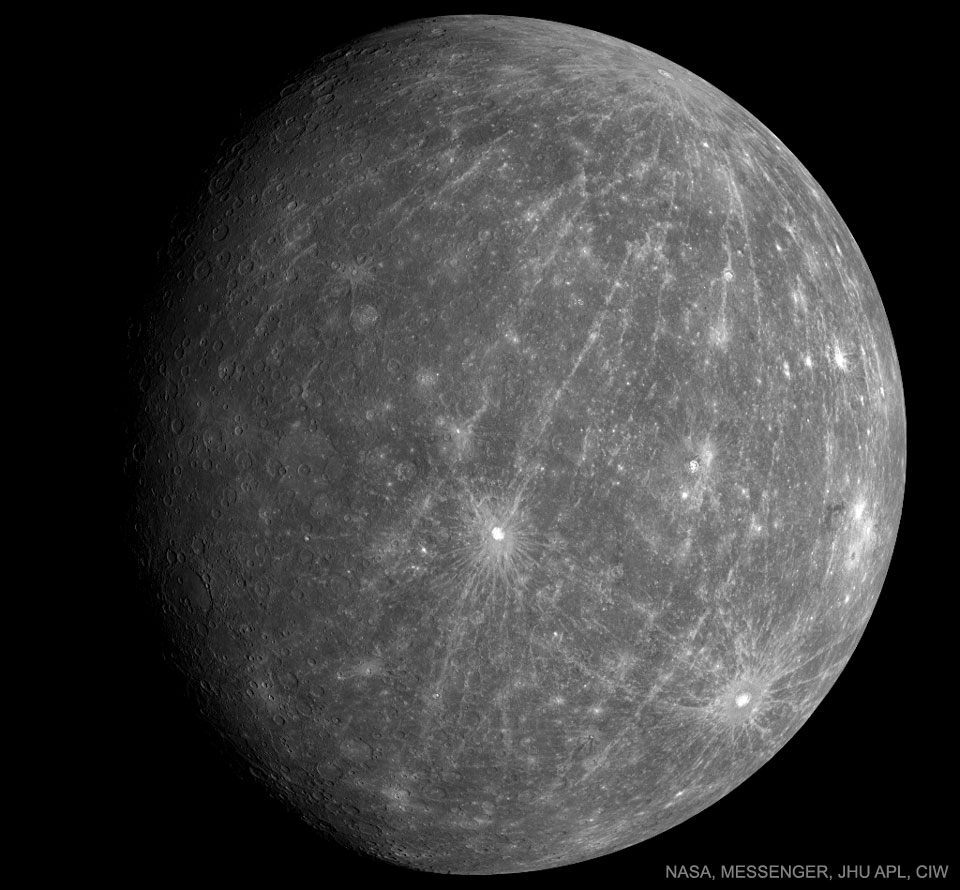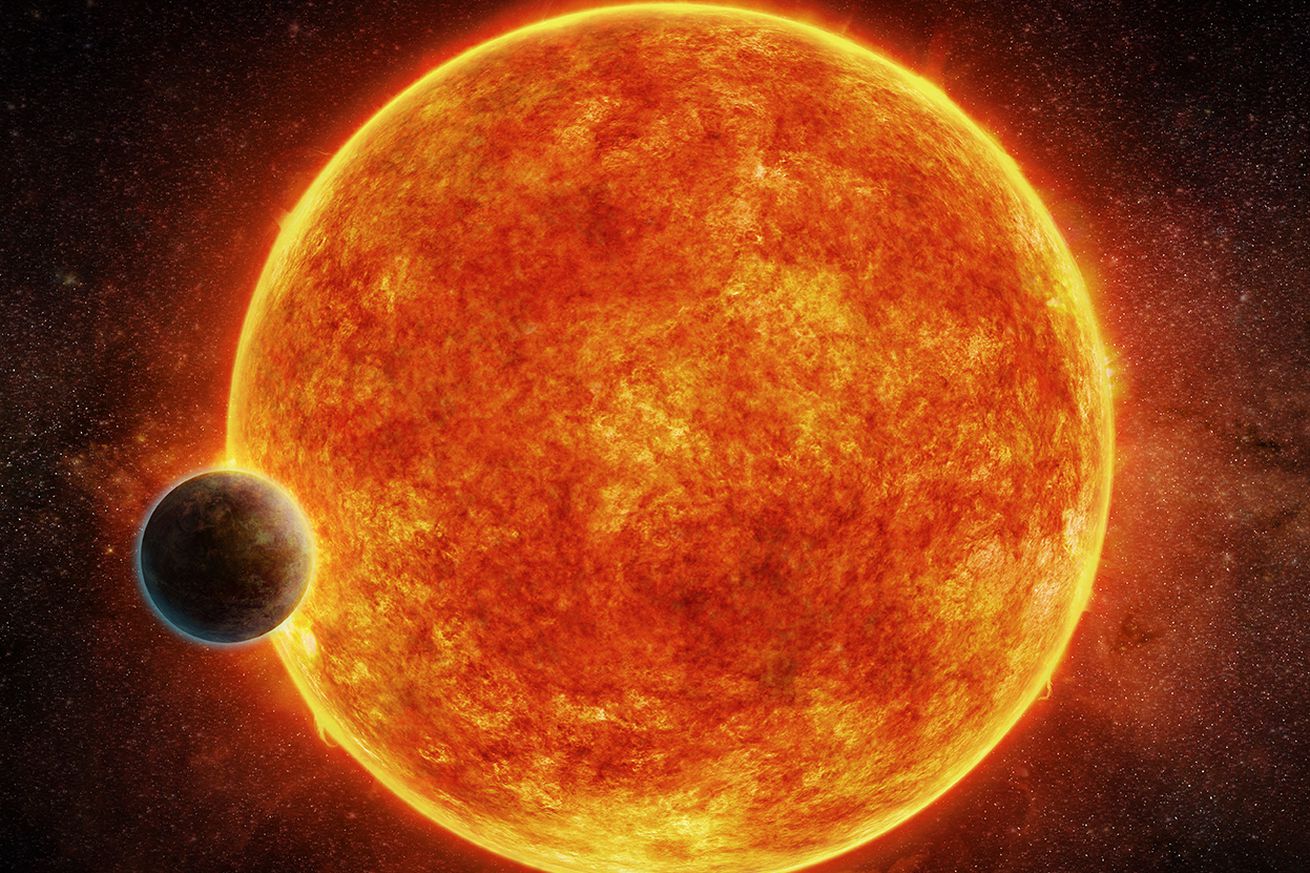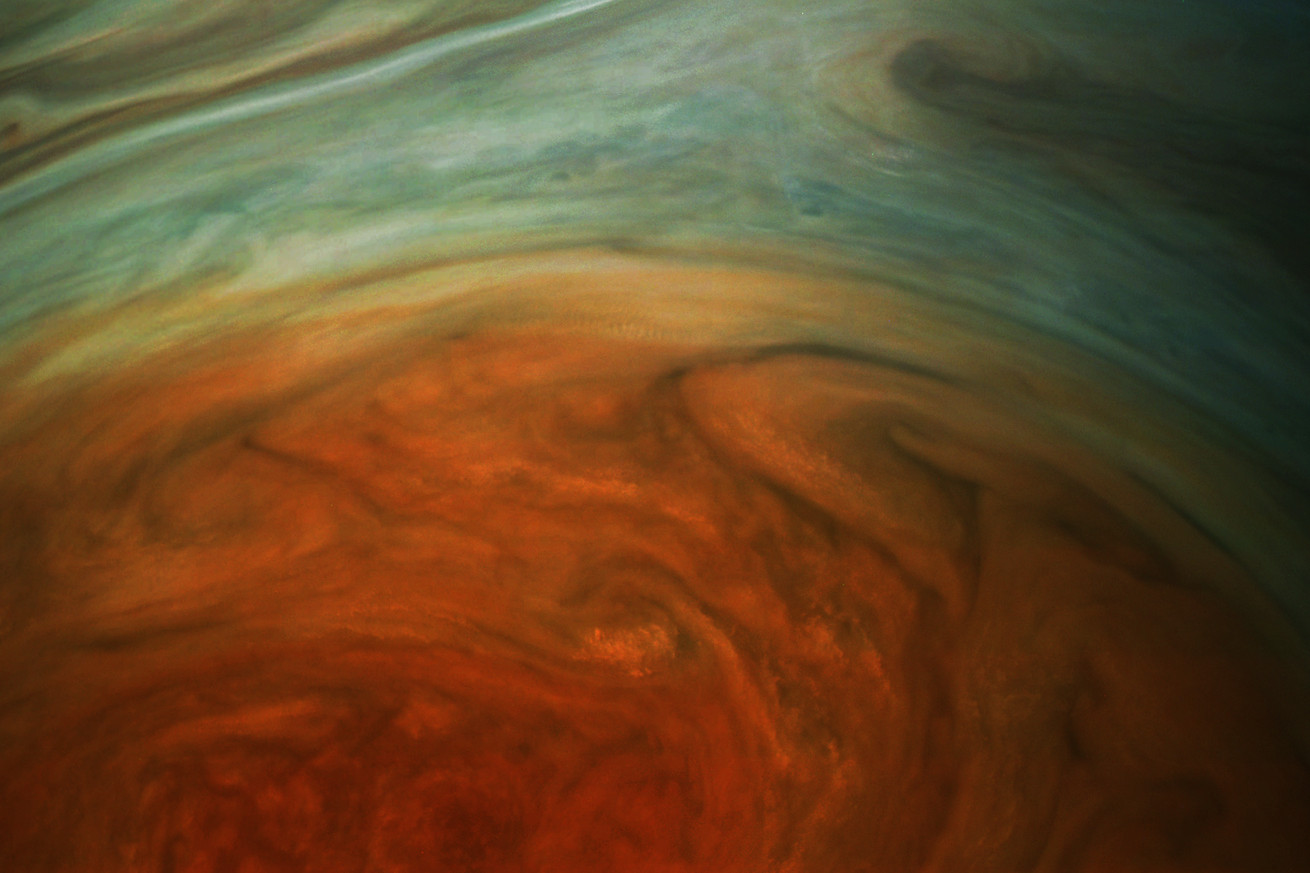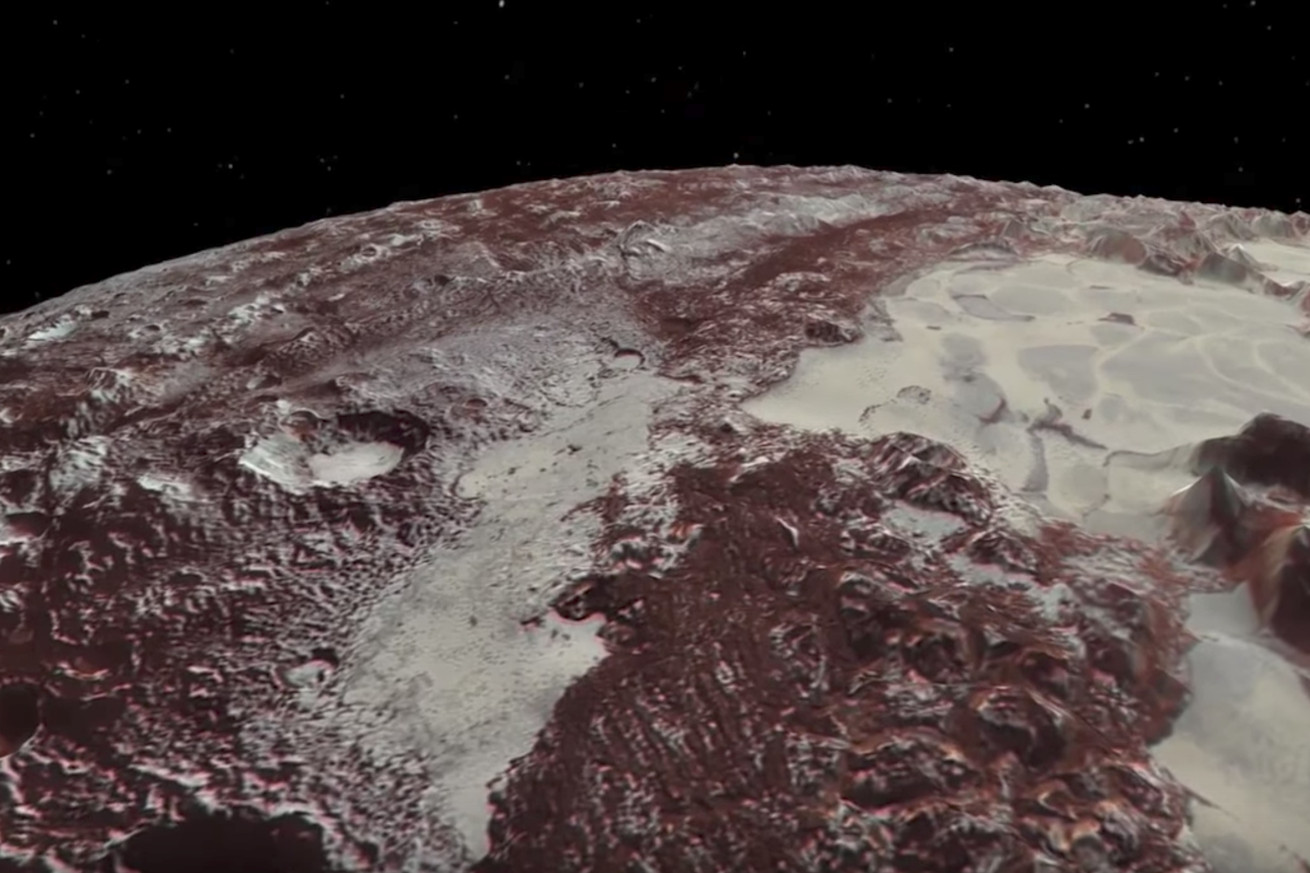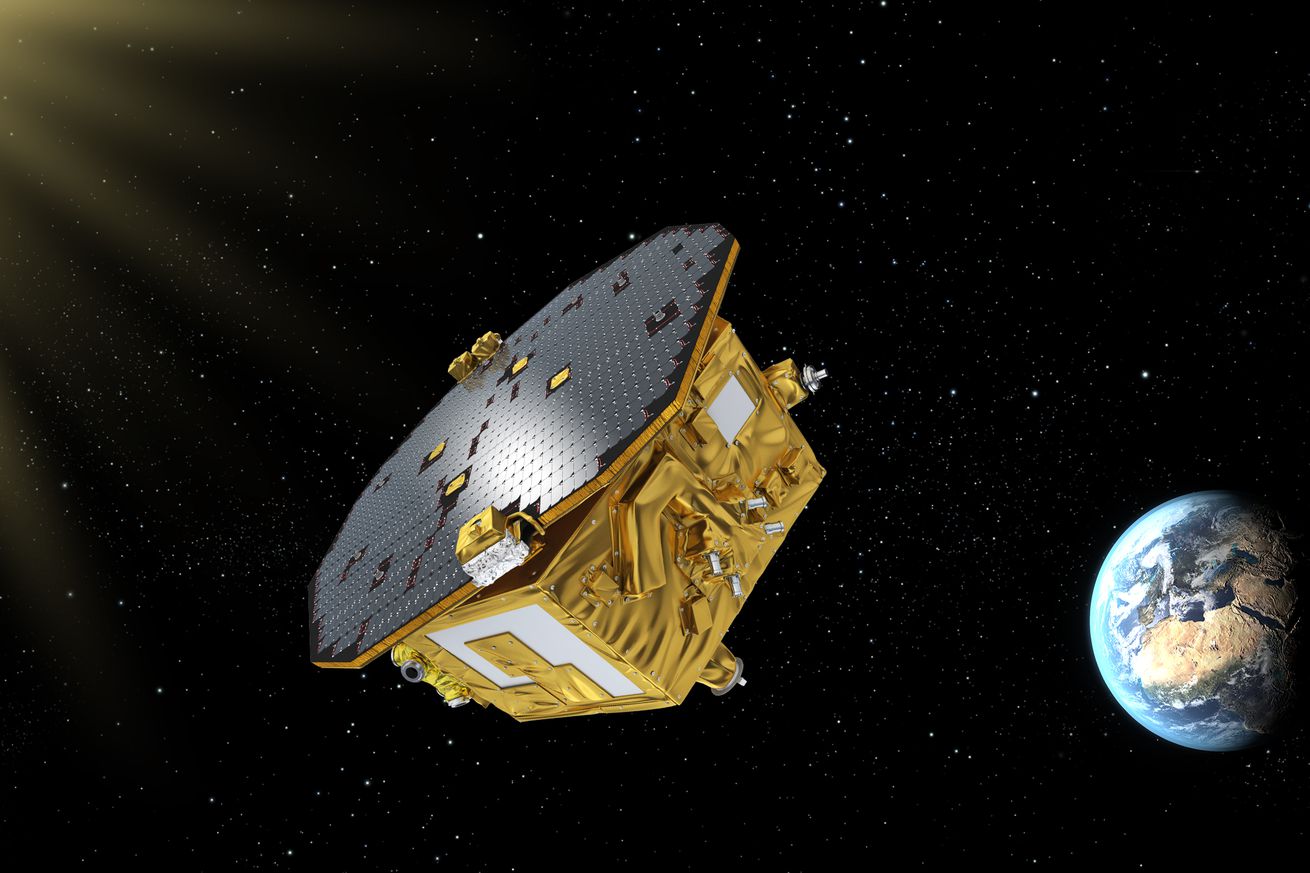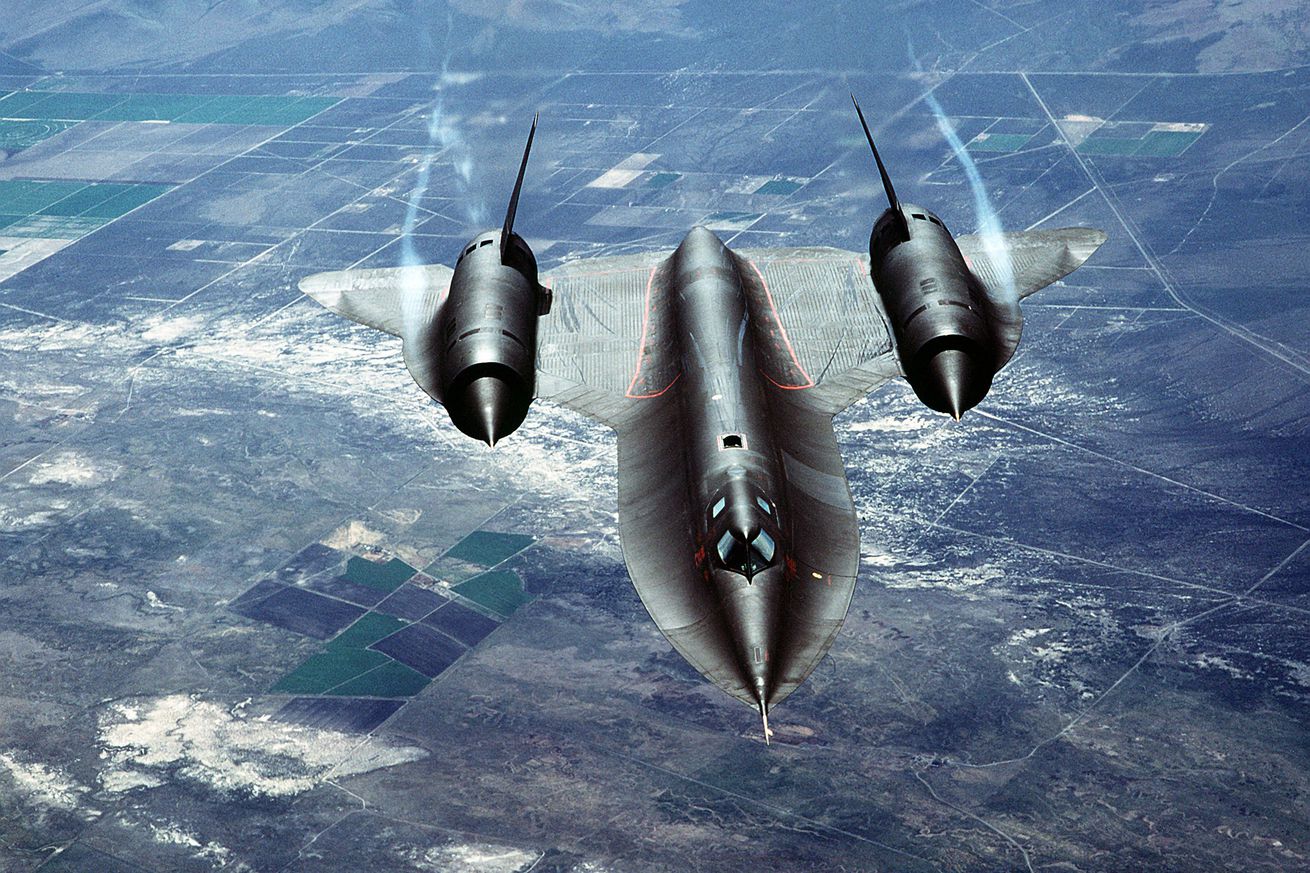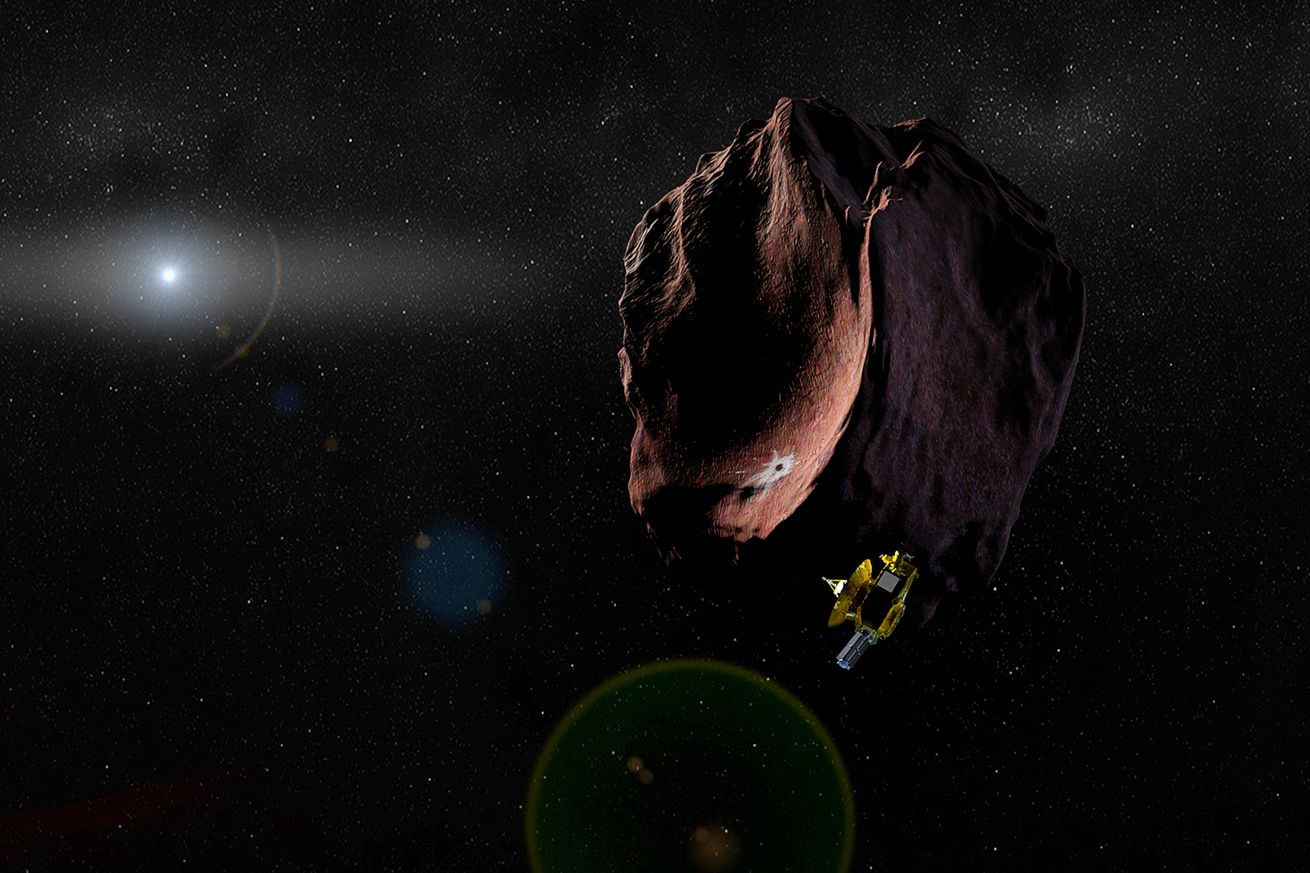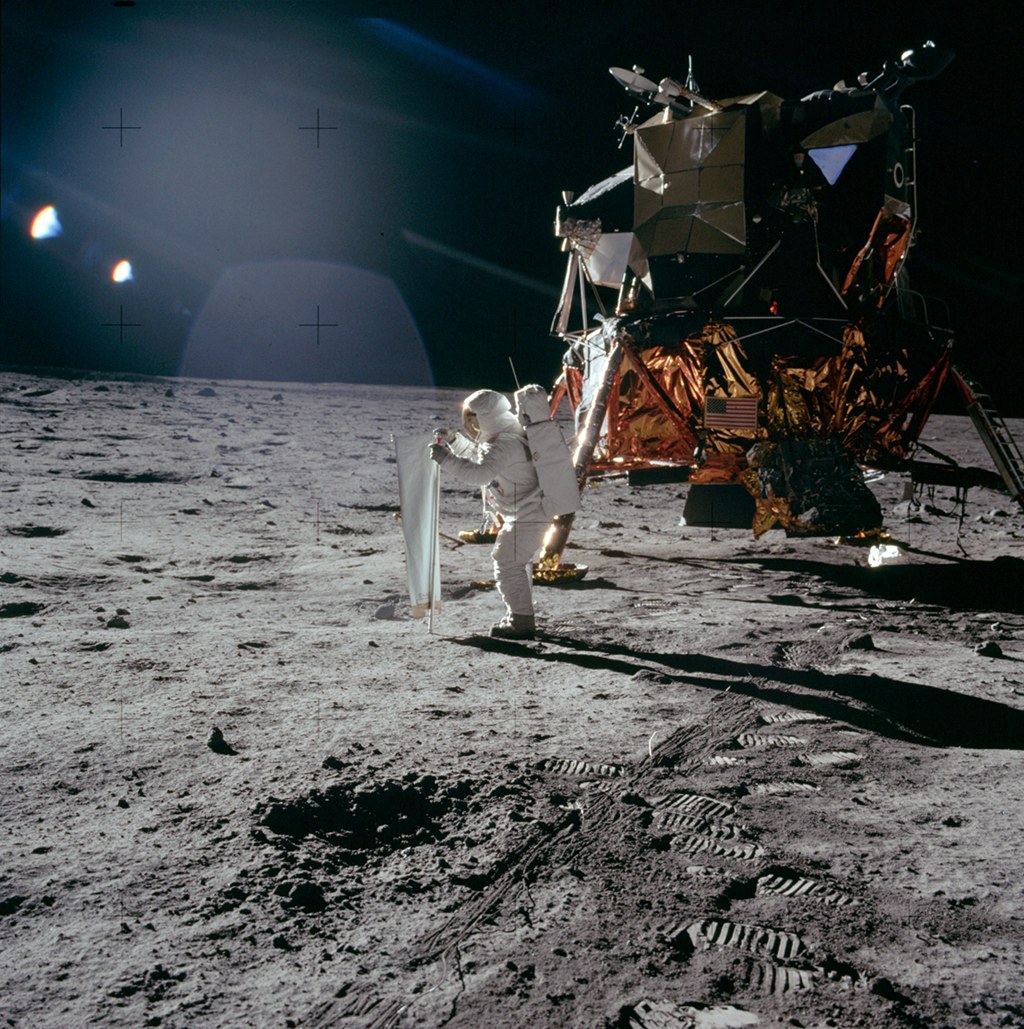Mars is known for havings two geologically distinct hemispheres. The planet has smooth lowlands in the north and cratered, high-elevation surface in the south. The origin of this dichotomy has baffled geologists for decades.
A global false-color topographic view of Mars from the Mars Orbiter Laser Altimeter (MOLA) experiment. The spatial resolution is about 15 kilometers at the equator and less at higher latitudes, with a vertical accuracy of less than 5 meters. The figure illustrates topographic features associated with resurfacing of the northern hemisphere lowlands in the vicinity of the Utopia impact basin (at the near-center of the image in blue). Image Credit: MOLA Science Team
A new research conducted by Stephen Mojzsis of the University of Colorado Boulder and Ramon Brasser of the Tokyo Institute of Technology in Japan, adds new evidence supporting the “single impact hypothesis”.
The researchers have analyzed Martian meteorites and found an overabundance of rare metals such as platinum, osmium, and iridium. The results indicate that most likely a huge asteroid impact enriched Mars’ mantle with these noble metals.
“It is well within the realm of possibility that the Martian hemispherical dichotomy is the result of this giant impact,” the authors wrote in the paper.
The simulations carried out by Mojzsis and Brasser show that a giant collision might have taken place some 4.43 billion years ago, during first 130 million years of Martian history. According to the calculations, the impactor would have been at least 745 miles (1,200 kilometers) in diameter in order to cause the geological dichotomy that we see today on Mars.
The study also reveals that the debris ejected after the impact could have formed Phobos and Deimos – the two oddly shaped moons of Mars. The researchers suggest that the impact generated a ring of material around the Red Planet that later merged into the two satellites. This could partially explain why Phobos and Deimos are made of a mix of native and non-Martian material.
“An impact of this magnitude would also be expected to eject a substantial amount of material into orbit around Mars, which could then be the source material that eventually formed its satellites,” the paper reads.
In concluding remarks, the scientists noted that the geological dichotomy on Mars could be one of the oldest geophysical features of the Martian crust.
Mojzsis and Brasser plan more studies of Martian meteorites that will once again test the “single impact hypothesis”. They hope that further research focused on different isotopic systems in the oldest components of the meteorites will bring more promising results and further confirm the studied hypothesis.
The post Giant asteroid crashed into Mars billions of years ago, study suggests appeared first on SpaceFlight Insider.

